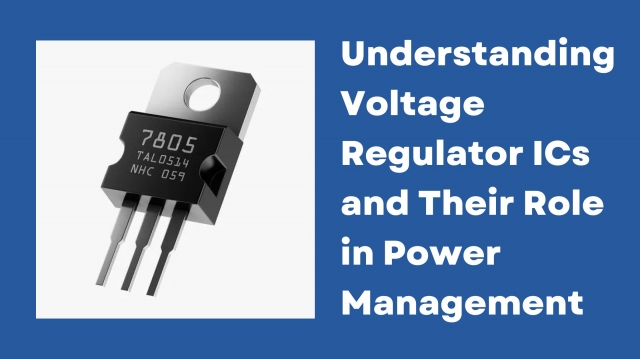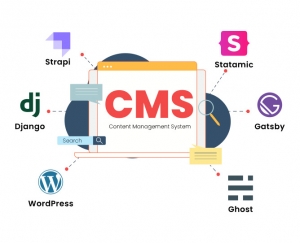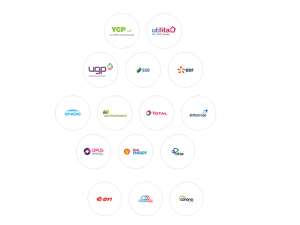Voltage regulation is a critical aspect of modern electronics, ensuring that devices receive a stable and consistent supply of power. Voltage regulator ICs are specialized electronic components that maintain a constant output voltage regardless of variations in input voltage or load conditions.
From smartphones and computers to industrial machines and embedded systems, these ICs play an essential role in powering electronic components safely and efficiently.
Understanding how voltage regulators work and their applications is crucial for engineers, designers, and hobbyists working on projects that require reliable power management.
What is a Voltage Regulator IC?
A voltage regulator IC is a semiconductor device designed to maintain a fixed output voltage despite changes in input voltage or current demand. These ICs are used in power supply circuits to protect sensitive electronics from voltage fluctuations, which could otherwise cause malfunction or damage.
Key functions of a voltage regulator IC include:
- Stable Voltage Output: Provides a constant voltage level to connected circuits.
- Overvoltage Protection: Safeguards devices from voltage spikes.
- Current Limiting: Prevents excessive current that could damage components.
- Thermal Protection: Shuts down the IC during overheating to prevent damage.
These ICs are widely used in both linear and switching power supply designs, depending on efficiency and design requirements.
Types of Voltage Regulator ICs
Voltage regulator ICs can be classified based on their operational principle:
- Linear Regulators:
- Provide a stable output voltage by dissipating excess power as heat.
- Simple design, low cost, low noise, but less efficient at high input voltages.
- Switching Regulators:
- Include buck (step-down), boost (step-up), and buck-boost (step-up/down) configurations.
- High efficiency, suitable for battery-powered and high-power applications.
- Low Dropout Regulators (LDO):
- Can maintain regulation even when the input voltage is very close to the output voltage.
- Compact and efficient for portable electronics.
Each type of power regulator IC is selected based on application needs, efficiency requirements, and available space in the circuit design.
Applications of Voltage Regulator ICs
Voltage regulator ICs are critical in numerous applications across industries:
- Consumer Electronics: Smartphones, laptops, tablets, and wearable devices rely on regulators to provide consistent voltage to sensitive components.
- Industrial Automation: Machinery, sensors, and control systems require stable voltage for precise operation.
- Automotive Electronics: Regulates voltage from batteries or alternators for ECUs, infotainment systems, and sensors.
- Embedded Systems: Microcontrollers, FPGAs, and other embedded devices require regulated power to function reliably.
- Renewable Energy Systems: Solar panels and battery storage systems use regulators to provide stable voltage to connected loads.
Voltage regulator ICs are a cornerstone of reliable power design, enabling safe and efficient operation in all these areas.
Choosing the Right Voltage Regulator IC
When selecting a voltage regulator IC, consider:
- Input and Output Voltage Requirements: Ensure the IC can handle the input voltage range and provide the required stable output.
- Current Capacity: The IC should be rated for the maximum current needed by your load.
- Efficiency: Switching regulators are preferred for high-power applications, while LDOs are suitable for low-noise requirements.
- Thermal Considerations: Check the IC's thermal ratings and plan for heat dissipation if necessary.
- Additional Features: Overcurrent, overvoltage, and thermal shutdown protections are critical for robust designs.
For more details about their functionality in circuits, see our blog on power supply regulator.
Advantages of Using Voltage Regulator ICs
- Stable Power Supply: Prevents voltage fluctuations that could damage electronics.
- Improved Device Reliability: Protects components, enhancing overall system lifespan.
- Efficient Power Management: Switching regulators help reduce energy losses in high-power applications.
- Compact Design: Modern ICs allow integration in small form-factor electronics.
- Enhanced Safety: Built-in protections safeguard both the IC and connected devices.
By integrating voltage regulator ICs, designers can ensure the performance and reliability of electronic systems in a wide range of applications.
Design Considerations
When incorporating a power regulator IC into your design:
- Ensure proper input/output capacitors are used for stability.
- Keep PCB layout optimized to minimize noise and voltage ripple.
- Factor in thermal management strategies, especially for linear regulators in high-current applications.
- Consider ICs with integrated features like enable pins, soft start, and remote sensing for enhanced control.
Proper design ensures that your voltage regulation system is both efficient and reliable.
Conclusion
Voltage regulator ICs are fundamental components for stable and reliable electronic systems. From power regulator ICs to LDOs and switching regulators, these devices ensure consistent voltage, protect sensitive electronics, and enhance system efficiency.
For engineers, hobbyists, and designers, understanding the operation and selection of voltage regulator ICs is essential for building robust electronic devices. By leveraging modern ICs with advanced features, designers can optimize both efficiency and safety across consumer, industrial, automotive, and renewable energy applications..






